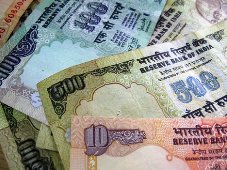
And, thereby, reward investors. At the moment, credit growth is steady, not going through the roof, but banks are expected to still maintain net interest margins.
Companies are, CLSA analysts would point out, now using internal cash and raising capital before drawing down their debt; also, the lag is longer than expectations.
However, demand from small and medium enterprises, mid-corporate and the retail sector continue to be healthy and banks expect sector credit growth of 18-20 per cent in financial year 2011.
They also expect the central bank would continue to tighten rates and but none of them see any signs of a spike in rates, say analysts at CLSA.
The surplus liquidity that existed in the system for nearly 18 months has dried up.
High disbursals, with a loan growth now at 19 per cent , as against a low of 10 per cent witnessed last year, was one reason.
And, while lending was high, deposit accretion was not; it recorded moderate growth of around 14 per cent, as against a high of 20 per cent last year.
Then, there were the 3G licences, advance tax payments and the BWA auctions as well.
As a result, the incremental loan/ deposit ratio has risen to 93 per cent with the outstanding loan deposit ratio at 72 per cent, say analysts.
An interest rate rise is, therefore, round the corner.
A rise in lending rates and deposit rates is what experts reckon. Banks have not raised lending rates for almost a year, points out an analyst. Hence, some correction is expected here -- directly or through the base rate mechanism.